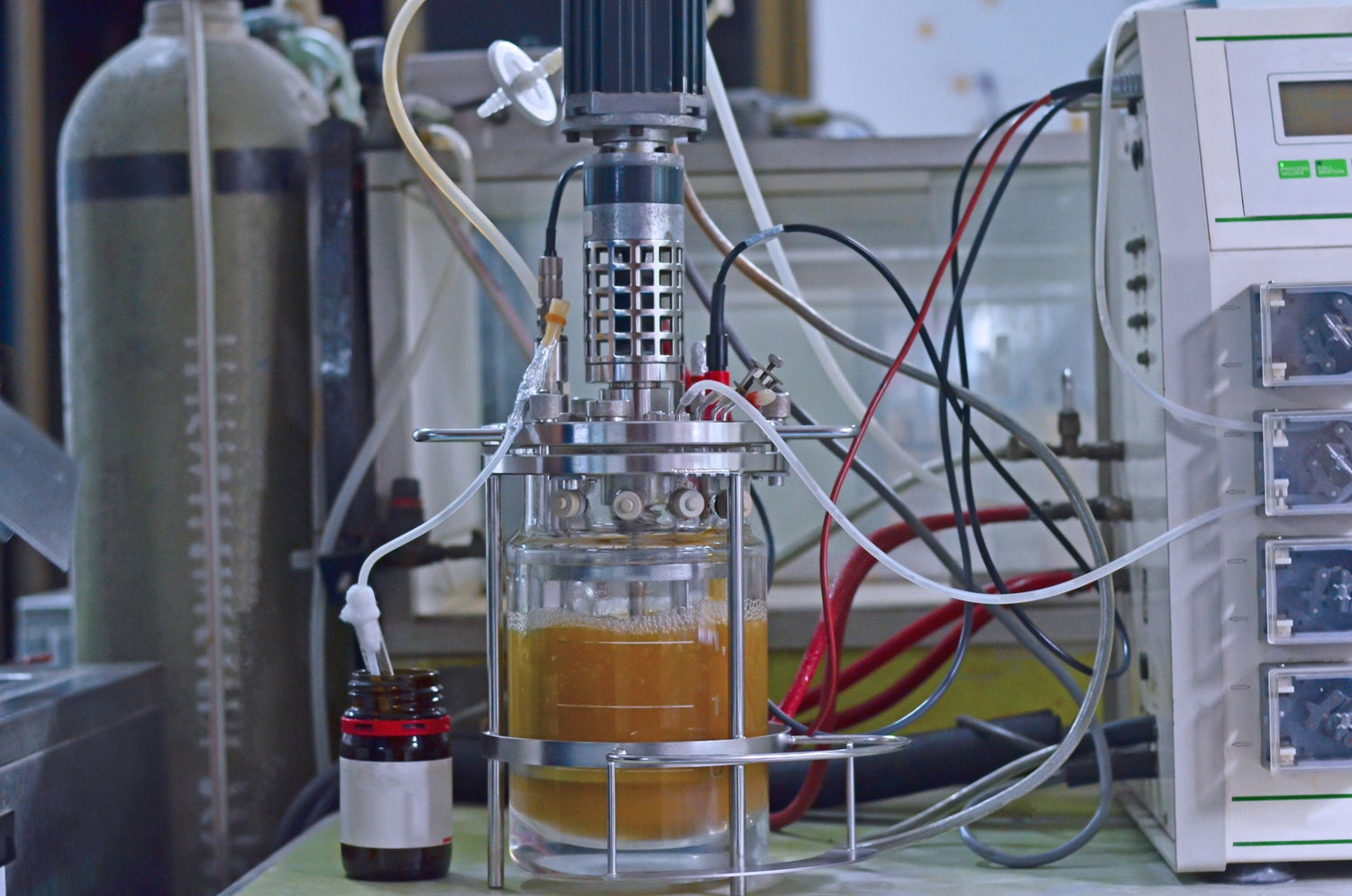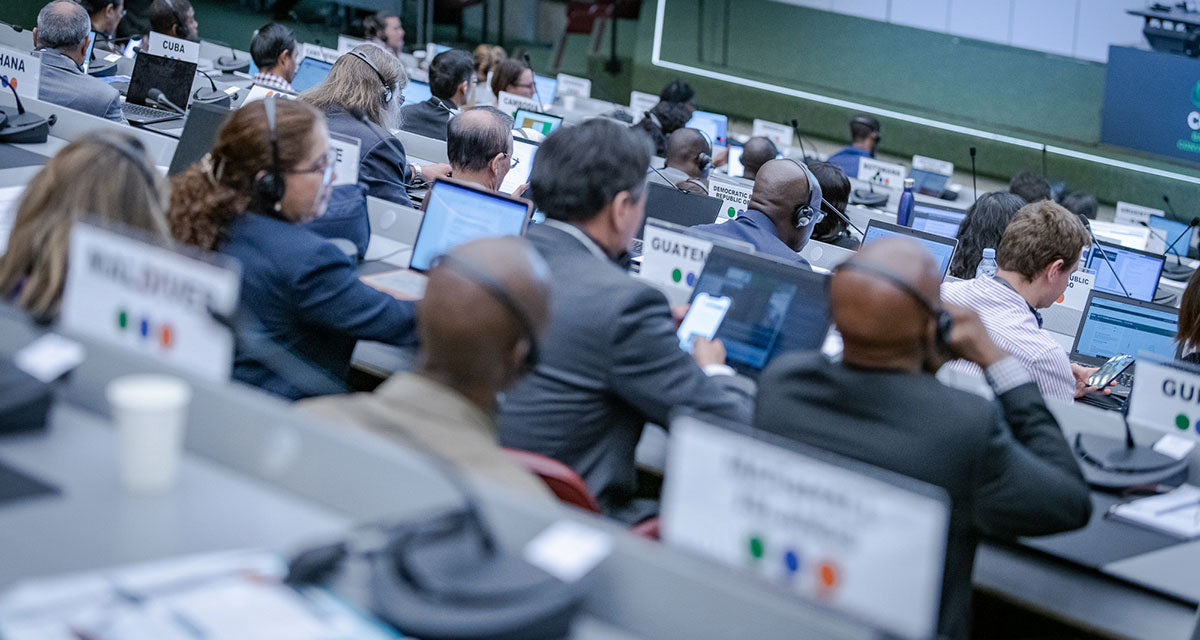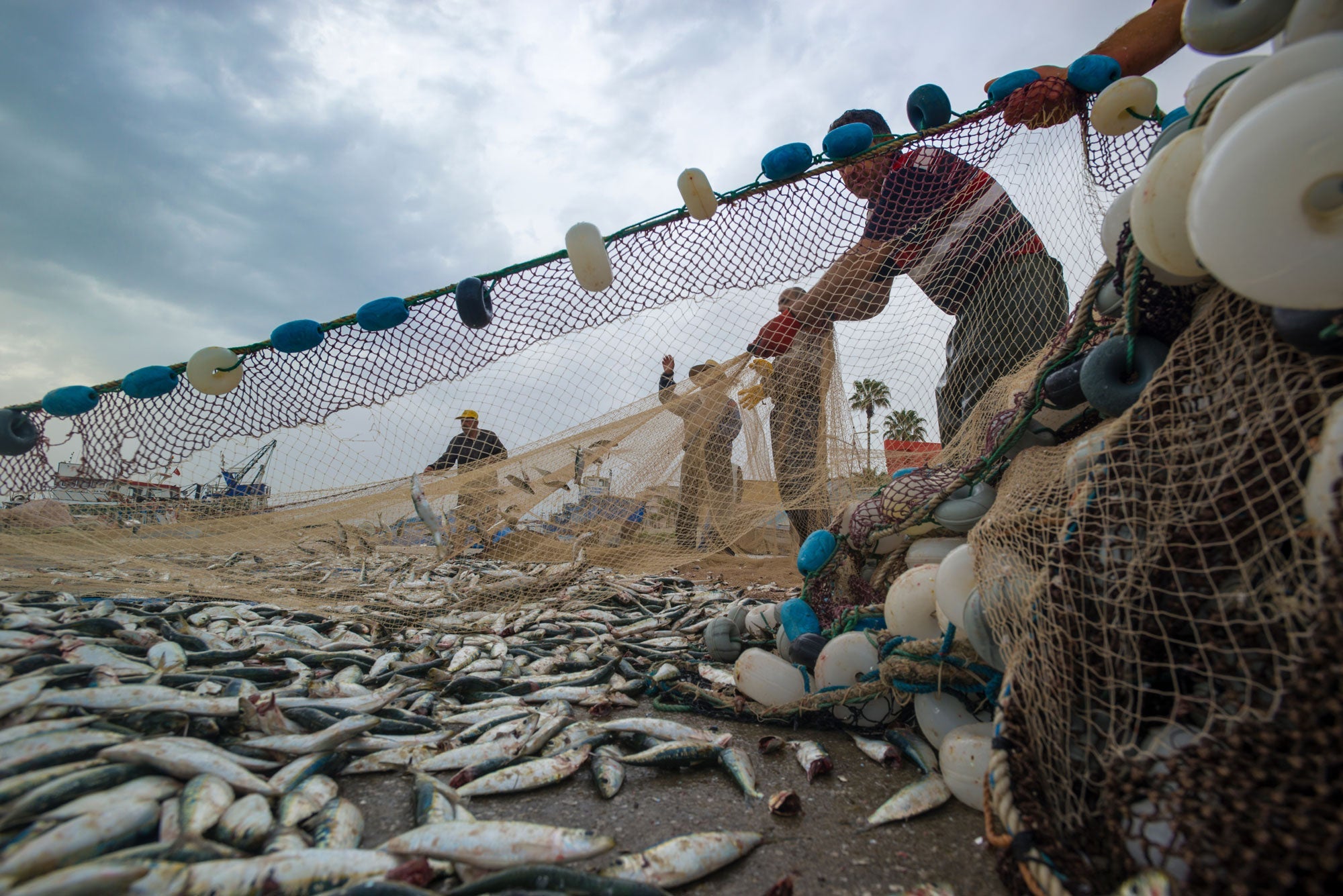Introduction: The Evolution of Microplastic Research
Microplastics, defined as plastic particles less than 5 mm in size, have become a focal point of environmental science due to their ubiquitous presence and potential impacts on ecosystems and human health. Recent advancements have shifted research toward emerging frontiers, addressing gaps in understanding and exploring interdisciplinary connections. This analysis examines three key areas: nanoplastics, the plastisphere, and the links between microplastics and climate change, synthesizing findings from recent studies and identifying unresolved questions.
Nanoplastics: Detection, Behavior, and Toxicity
Nanoplastics, typically defined as plastic particles smaller than 1 micrometer, pose unique challenges due to their size, which allows them to penetrate biological barriers more easily than larger microplastics. Recent discoveries have focused on improving detection methods, given their difficulty in identification due to small size and low concentrations.
Detection Methods
Advances in analytical techniques have been pivotal. Raman spectroscopy, enhanced by surface-enhanced Raman scattering (SERS), has enabled detection of nanoplastics down to 50 nm in environmental samples, with a 2024 study by Schwaferts et al. achieving high sensitivity in seawater (Nanoplastics Detection in Seawater). Dynamic light scattering (DLS) and single-particle inductively coupled plasma-mass spectrometry (spICP-MS) have also been refined, with a 2023 study reporting detection limits of 10 nm for polystyrene nanoplastics in water (Nanoplastics Detection Limits). However, standardization remains a challenge, with ongoing efforts to establish protocols for sampling and analysis.
Environmental Behavior and Fate
Nanoplastics exhibit high surface area-to-volume ratios, facilitating increased adsorption of pollutants and interactions with biological systems. A 2024 study modeled their transport in aquatic environments, showing enhanced mobility compared to microplastics, with potential for deeper penetration into sediments (Nanoplastics Transport Modeling). Their fate includes aggregation, biofouling, and degradation, with research indicating slower degradation rates due to reduced surface accessibility for microbial enzymes.
Toxicity and Health Impacts
Recent toxicological studies have highlighted nanoplastic effects on organisms and humans. A 2023 study by Lehner et al. demonstrated that polystyrene nanoplastics can cross the blood-brain barrier in fish, inducing neurotoxicity and oxidative stress (Nanoplastics Neurotoxicity). In human cell lines, a 2024 study found nanoplastics inducing inflammation and genotoxicity, with potential links to cancer pathways (Nanoplastics Human Cell Impact). However, long-term epidemiological data are lacking, and chronic exposure effects remain unresolved.
Unresolved Questions
Key uncertainties include the environmental fate of nanoplastics, their transformation processes (e.g., photo-oxidation, biodegradation), and interactions with other contaminants. The lack of standardized detection methods hinders global monitoring, and the potential for nanoplastic accumulation in food chains requires further study.
The Plastisphere: Microbial Communities and Ecological Implications
The plastisphere, referring to microbial biofilms colonizing microplastic surfaces, has emerged as a critical research frontier due to its ecological and biotechnological implications. Recent studies have characterized these communities and explored their roles in microplastic fate.
Definition and Significance
The plastisphere comprises diverse microbial assemblages, including bacteria, fungi, algae, and protozoa, differing from surrounding water or sediment communities. Zettler et al. (2013) first described the plastisphere in the North Atlantic, noting distinct bacterial taxa like Rhodobacterales and Flavobacteriales (Plastisphere Discovery). Its significance lies in altering microplastic buoyancy, facilitating transport, and potentially mediating degradation.
Microbial Diversity and Composition
Metagenomic analyses reveal high diversity, with community composition varying by plastic type, location, and environmental conditions. A 2024 study by Oberbeckmann et al. found that polyethylene (PE) surfaces host more hydrocarbon-degrading bacteria, while polypropylene (PP) supports nitrogen-fixing communities (Plastisphere Diversity). These differences influence degradation rates and ecological interactions.
Role in Microplastic Degradation
Some plastisphere microorganisms possess enzymes capable of degrading plastics, offering bioremediation potential. A 2023 study identified Ideonella sakaiensis-like bacteria on microplastics, degrading PET at rates up to 0.13 mg/day, suggesting biotechnological applications (Plastisphere Biodegradation). However, degradation efficiency varies, with some studies reporting minimal impact due to low enzyme activity.
Ecological Implications
The plastisphere can act as a vector for invasive species and pathogens, with a 2024 study linking it to antibiotic-resistant bacteria in coastal waters (Plastisphere Pathogens). It may also influence nutrient cycling by altering microbial metabolism, potentially affecting primary productivity. However, its role in ecosystem stability remains debated, with some suggesting it creates new niches, while others highlight disruption risks.
Unresolved Questions
Key areas include the long-term ecological impact of the plastisphere, its role in microplastic degradation versus stabilization, and the potential for spreading antibiotic resistance. The variability in community composition across environments and the scalability of bioremediation strategies are also critical gaps.
Microplastics and Climate Change: Interconnected Challenges
The intersection of microplastics and climate change is an emerging research frontier, with implications for global carbon cycles and atmospheric processes. Recent studies have explored these connections, revealing both direct and indirect impacts.
Microplastics and Carbon Cycling
Microplastics affect ocean carbon sequestration by altering the biological carbon pump. A 2024 study by Kvale et al. modeled their impact, estimating a 5–10% reduction in carbon export to deep waters due to altered marine snow sinking rates (Microplastics Carbon Cycle Impact). They integrate into marine snow, reducing its density and slowing descent, potentially exacerbating climate change by limiting carbon storage.
Greenhouse Gas Emissions
Microplastic degradation contributes to greenhouse gas emissions, particularly methane and ethylene. Royer et al. (2018) found that polyethylene emits methane at 5.8 nmol g⁻¹ d⁻¹ and ethylene at 14.5 nmol g⁻¹ d⁻¹ under UV exposure, adding to atmospheric warming (Greenhouse Gas Emissions from Plastics). A 2023 study quantified methane emissions from microplastics in sediments, reaching 25,253 ppm after 180 days, highlighting a significant emission source (Sediment Methane Emissions).
Interactions with Climate Change Processes
Climate change may influence microplastic distribution, with rising temperatures potentially accelerating degradation and increasing emissions. A 2024 study modeled increased microplastic fragmentation under higher temperatures, suggesting a feedback loop where climate change exacerbates microplastic pollution (Climate-Microplastic Feedback). Conversely, microplastics may alter soil carbon storage, affecting terrestrial carbon cycles and potentially amplifying climate impacts.
Unresolved Questions
Quantifying the net contribution of microplastics to global carbon budgets remains challenging, as does understanding their role in climate feedback loops. The interaction between microplastics, ocean acidification, and warming needs further exploration, with potential cascading effects on marine ecosystems and carbon sequestration.
Conclusion: Future Directions for Microplastic Research
Emerging research frontiers in microplastic science are expanding our understanding of nanoplastics, the plastisphere, and climate change linkages. Key future directions include:
- Standardizing nanoplastic detection methods to enable global monitoring and risk assessment.
- Investigating the long-term ecological and health impacts of nanoplastics, particularly in human and wildlife populations.
- Exploring the biotechnological potential of plastisphere communities for microplastic degradation and their role in ecosystem dynamics.
- Quantifying the climate impact of microplastics, including their contribution to greenhouse gas emissions and effects on carbon cycles.
- Integrating microplastic research with climate science to address interdisciplinary challenges and inform policy.
By addressing these frontiers, researchers can enhance mitigation strategies, reduce environmental risks, and guide global efforts to manage microplastic pollution effectively.
References
- Nanoplastics Detection in Seawater
- Nanoplastics Detection Limits
- Nanoplastics Transport Modeling
- Nanoplastics Neurotoxicity
- Nanoplastics Human Cell Impact
- Plastisphere Discovery
- Plastisphere Diversity
- Plastisphere Biodegradation
- Plastisphere Pathogens
- Microplastics Carbon Cycle Impact
- Greenhouse Gas Emissions from Plastics
- Sediment Methane Emissions
- Climate-Microplastic Feedback



Leave a comment
This site is protected by hCaptcha and the hCaptcha Privacy Policy and Terms of Service apply.